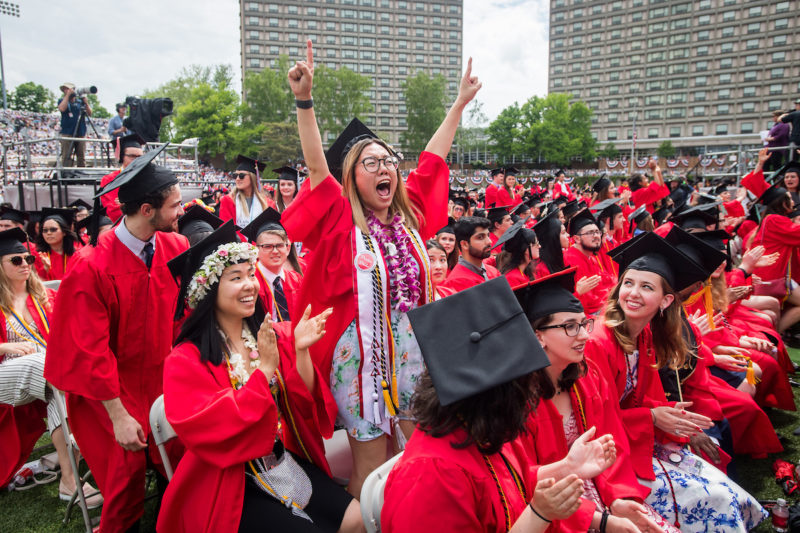The UPAA conference is less than two weeks away, and we are counting down the days! We love supporting the University Photographers’ Association of America (UPAA), because it’s filled with inspiring, innovative university photographers.
As we count down to the conference, we asked four university photographers to answer five questions. Last week, we shared some exciting projects these photographers are working on right now.
Today, we’re digging into how they get those projects done. We asked: What’s your #1 workflow tip / lesson learned / insight you wish you had known when you were first getting started?
Take notes – these campus photographers are about to share some expert tips!

Samantha Strahan, Ball State University
I was young when I became interested in photography. There are so many things I’ve learned over the years that I wish I would have known sooner: shooting in RAW vs jpeg, having a filing system, that Photo Mechanic exists and how helpful it is, post-processing tricks, among others. The biggest lesson learned, though, was backing up my data.
Sophomore year in college, I was working on a project and my computer crashed. I lost everything. My only saving grace was I had most of my work on a usb that I carried around since my laptop did not have much storage left. However, the usb was only able to hold so much. To this day, I never fully recovered all that I lost- not for lack of trying. I invested in a backup hard drive and a backup for my backup.

Kristen Grace, Florida Museum of Natural History, University of Florida
Have an organized database of your work. Provide as much information as you can in the metadata, captions and keywords. You will thank yourself for that years later.

Cydney Scott, Boston University
Approaching strangers and asking if you can photograph them will get easier with time, the more you do it. So just do it. Also, when you finish shooting on an SD card, put it back in your wallet with the back facing out. When you go to switch cards you’ll immediately know which one is still full, and it can make a big difference when you’re trying to move quickly.

Donny Crowe, Louisiana Tech University
I’ve been doing this full time for over 33 years. The main thing I’ve been thinking about is how much our profession has been affected by cutbacks in the photojournalism field. Newspapers closing almost daily all across the US has sent many great photographers looking for work elsewhere. What seemed to be a staple of many papers was “Friday Night Football,” now that may no longer the case. I always told beginning photographers if they learn to shoot high school sports there would always have a job for them. That may not be true anymore.
Now it’s your turn!
Now, we want to hear from you. What’s the #1 workflow tip you’d share with other photographers? What’s one thing you wish you’d known when you were first starting out in a creative field? What’s a lesson you’ve learned along the way? Share your photos, tips and insights with us in the comments, or tweet them @getlibris!



